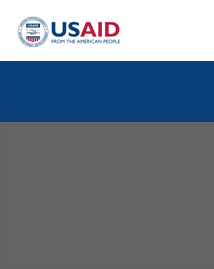A note from the U.S. Ambassador to India Richard R. Verma
These past few months have seen significant strides forward in our partnership with the Government of India to champion a Tuberculosis-free (TB-free) India. Agencies at the U.S. Embassy have been busy: the National Institutes of Health (NIH) is supporting groundbreaking research to help us better understand the basic biology of TB and find new ways to tackle it; the Centers for Disease Control and Prevention (CDC) are working to identify and test new ways to diagnose drug-resistant TB; and the U.S. Agency for International Development (USAID) recently increased its support to end TB by signing three new awards to test and scale innovative solutions that will help TB patients among under- or inadequately-served populations in India.
The U. S. Government is also combatting TB on a global level. In December, the White House released a comprehensive plan to address domestic and global challenges posed by the rise of multi-drug resistant TB (MDR-TB) and extensively drug resistant TB (XDR-TB). This National Action Plan identifies critical immediate actions the U.S. Government will take over a three- to five-year period, together with commensurate appropriations, to contribute to the global fight against MDR-TB. The plan is designed to achieve an impact within that timeframe and to serve as a call to action for the global community. It is organized around three goals that aim to strengthen health-care services, public health, and academic and industrial research through collaborative action by the U.S. Government in partnership with other nations, organizations, and individuals. USAID, CDC and NIH are working collaboratively with India to support the goals of the U.S. National Action Plan to combat MDR-TB and XDR-TB. This update highlights some of our work this quarter.








Comment
Make a general inquiry or suggest an improvement.